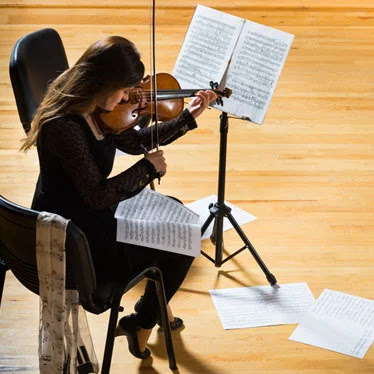It's all about the classical music composers and their works from the last 400 years and much more about music. Hier erfahren Sie alles über die klassischen Komponisten und ihre Meisterwerke der letzten vierhundert Jahre und vieles mehr über Klassische Musik.
Monday, October 24, 2022
Why Is This Music So Memorable? How to Train Your Dragon
Thursday, December 2, 2021
MUSIC, CHRISTMAS AND GOD
Are all terms in the right order? In logical sequence? For some of you, my dear readers, they must have passed out by a dozen.
Honestly, writing about political topics is really tiring me. Especially now and today. While writing this piece, I am getting tons of political news.Yes, I am very well understanding everything. But why do I choose "Music, Christmas and God"? Again, the right (or wrong?) order doesn't matter. Really!
Christmas is just around the corner. Almost. I become very thoughtful and melancholy during the season. That's okay. Maybe also you. I try to delete topics such as war, corruption, killing, pandemic,natural disasters et cetera et cetera pp. I even try to delete them here in my opinion. I try to look forward to Christmas with a happy heart.
Christmas is just around the corner. God is with me daily. He is my companion during every second of my life. And, what has this to do with music?
Music has been my second life companion for many years. I remember the day my parents first lugged the heavy accordion up our front stoop, taxing the small frame. They gathered me in the living room and opened the case as if it were a treasure chest. And guys, it really was. And, it was several days BEFORE Christmas.
"Here it is," my parents said. "Once you learn to play it, it will be with you for life!" Thank God, it is. Believe it - up to now. Here in my house in Davao City. My very first instrument... .
Anyway, back to the past: if my thin smile didn't match my parents' full-fledged grin, it was because I prayed for a piano! It was at the end of the 1950s, and I was glued to my AM- and ShortWave Radio Stations, playing classical music 24/7. Accordions were nowhere in my hit parade - even later during the 1960s and 1970s... .
Sometime on a Sunday, one of my favourite days till now, I started taping radio shows with classical music. It seemed that I was hanging on every note. I joined the college band. But I admired classical composers such as Beethoven and Mozart, just to mention two. I never became perfect in my piano play to coax sweet sounds. I also admire people who can do so. But I developed a passion for music.
Music, God - and, yes: Merry Christmas to all of you - also from this corner, even there are still some more days.... .
Sunday, October 31, 2021
My passion of music (IV)
The music of my life started at the age of 6. During my first steps on the piano with Beethoven's "Für Elise", I remember my very first LP (Long Play) on my birthday gifts table: Serge Prokofieff's ' "Peter and the wolf".
In his early years, Prokofieff’s parents were adamant on providing him with theory lessons, so as to clarify his conceptual frameworks as far as the piano and composition went. However, they soon began having second thoughts about their young son pursuing a music career at such a delicate age, and therefore, decided to enroll him in the Saint Petersburg Conservatory. Here, he worked and learned the piano and other instruments under the auspices of renowned composers such as Alexander Winkler, Nikolai Tcherepnin and Nikolai Rimsky-Korsakov. Before his father’s death in 1910, he had started performing in local clubs and other music venues like the St. Petersburg Evenings of Contemporary Music, performing some of his early Piano Sonatas such as Four Etudes for Piano, Op 2(1909). All through the early 1910s, Prokofieff had been experimenting with a wide variety of genres, one of which was ballet music. While he may have succeeded in a number of other music compositions, he always seems to have a hard time with ballet music, with the likes of Chout becoming subject to intense modifications in the 1920s.
Having received menial works in the 1930s due to the Great Depression, Prokofieff decided to move to Russia in 1936. The period post-1936 was a completely different time for Prokofieff, and set in motion some of his most impressive works. Bearing in mind the hostile reality of the time, most of the themes covered in his works such as his orchestral piece Russian Overture (1936) and War Sonatas embraced war-related topics and disregarded true musical passion. However, Prokofiev managed to retain his incredible ingenuity with compositions such as Peter and the Wolf, Alexander Nevsky and Romeo and Juliet, all of which were received well on an international scale. Some of these compositions were Sergei Prokofiev’s most valuable works, and are still widely performed today.
The war and post-war years saw the likes of some impressive compositions, such as War and Peace, The Ballet Cinderella and various violin sonatas, encompassing the true remarkability that Prokofieff deserves large-scale appraise for. It becomes important to realize the tremendous contributions this great artist made to the classical music world, despite the troubles he so often had to face.
Sunday, October 17, 2021
My passion of music (III)
Filipino music in general was introduced to me by my wife Rossana. What does music really mean to Filipinos? It simply tells them where they've been and where they could go. It tells a story that everyone can appreciate and relate to, which is why it's a big part of every Filipino culture.
Notable folk song composers include the National Artist for Music Lucio San Pedro, who composed the famous "Sa Ugoy ng Duyan" that recalls the loving touch of a mother to her child. Another composer, the National Artist for Music Antonino Buenaventura, is notable for notating folk songs and dances. Buenaventura composed the music for "Pandanggo sa Ilaw".
The leading figures of the first generation of Philippine composers were Nicanor Abelardo, Francisco Santiago, Aontonio Molina, and Juan Hernandez.
In my opinion: outstanding groups include not only the Manila Symphony Orchestra, but also the Filipino Youth Symphony Orchestra, the U.P. Symphony Orchestra, the Manila Concert Orchestra, the Quezon City Philharmonic Orchestra, the Artists’ Guild of the Philippines, the Philippine Choral Society, the U.P. Madrigal Singers, the U.P. Concert Chorus among others.
[Nicanor Abelador]
Thursday, October 14, 2021
10 legendary musicians who never learned to read music
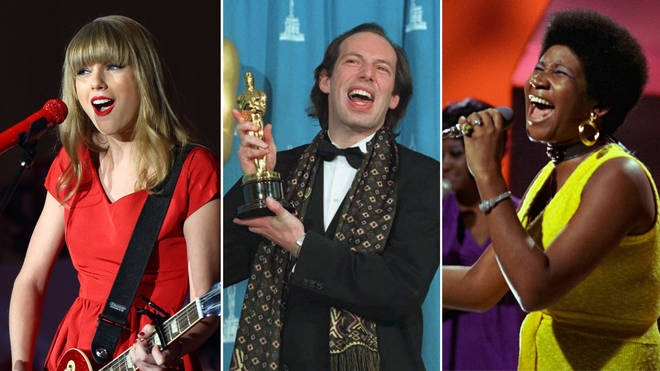
By Sophia Alexandra Hall, ClassicFM London
@sophiassocialsYou don’t need to be able to read music in order to be a great musician. From Hendrix to Zimmer, these famous faces will make you question just how much musical education is needed to achieve greatness.
You’d think to be a famous musician... you’d need to be able to read music?
Well, you’d be wrong to think so, as these following musicians have been proving for decades.
More and more musicians are learning to play via the Internet and by ear, which can be evidenced by the rise of apps and online lessons for children, which don’t necessarily involved learning to read sheet music.
Read on to find out which of your favourite musicians have created successful careers, without this once thought to be mandatory skill.
Jimi Hendrix (1942 - 1970)
The singer-songwriter Jimi Hendrix reportedly taught himself to play by ear on the electric guitar, and would use words and colors to express how he wanted the music to sound.
Jimi Hendrix Performs in New York. Picture: Getty Stevie Wonder (1950-)
Stevie Wonder has been blind since shortly after his birth. He played multiple instruments from an early age, including the piano, harmonica, and drums and was signed to Motown at the age of 11.
Stevie Wonder performs onstage at Q85. Picture: Getty Hans Zimmer (1957-)
One of the most famous film composers in music history, Hans Zimmer cannot read conventional music notation. He started out playing piano for bands before becoming a jingle writer, which is where he credits the development of his compositional skills.
Hans Zimmer performs onstage at the Formula 1 Singapore Grand Prix. Picture: Getty Danny Elfman (1953-)
Another film composer, Danny Elfman, who is known for scores including Batman, Edward Scissorhands, and Charlie and the Chocolate Factory, spent a large part of his career being unable to write or read music.
Danny Elfman speaks at the 2018 Sundance Film Festival. Picture: Getty Taylor Swift (1989-)
Taylor Swift shot to stardom with her first album at the age of 17. While a talented multi-instrumentalist, Swift revealed in a Rolling Stone interview that she does not read music. She says, “I would not have majored in music because when music becomes technical for me I don’t like that part of it.”
Taylor Swift on stage at Westfield. Picture: Getty Bob Dylan (1941-)
American singer-songwriter, Bob Dylan is regarded by some as one of the greatest songwriters of all time. Notably, Dylan was inducted into the Hall of Fame without knowing how to read music.
Bob Dylan Records "Bringing It All Back Home". Picture: Getty Aretha Franklin (1942 - 2018)
The Queen of Soul herself, Aretha Franklin could not read music. She music by ear, having perfected this talent by spending her childhood singing gospel at New Bethel Baptist Church in Detroit, Michigan.
Aretha Franklin on Top of the Pops. Picture: Getty The Beatles
“None of us could read music… None of us can write it.” John Lennon admitted this about the band in a 1980 Playboy interview, “but as pure musicians, as inspired humans to make the noise, they [Paul McCartney and Ringo Starr] are as good as anybody.”
The Beatles at a press conference. Picture: Getty Eric Clapton (1945-)
English rock and blues guitarist, singer, and songwriter, Eric Clapton ranked second in the Rolling Stone’s list of the ‘100 Greatest Guitarists of All Time’ despite not being able to read music.
Eric Clapton At Prince's Trust Rock Gala. Picture: Getty Elvis Presley (1935 - 1977)
The King of Rock and Roll Elvis Presley played guitar, bass and piano all by ear. He couldn’t read or write music and had no formal lessons, but could hear a song and reportedly play it after only one listen.
Elvis Presley on television 1968. Picture: Getty
Tuesday, October 5, 2021
My passion of music (I)
Music is an important part of our life as it is a way of expressing our feelings as well as emotions. No matter where you are living on this globe. Some people consider music as a way to escape from the pain of life. It gives you relief and allows you to reduce stress. ... Music plays a more important role in our life than just being a source of entertainment.
“[Music] can propel narrative swiftly forward, or slow it down. It often lifts mere dialogue into the realm of poetry. It is the communicating link between the screen and the audience, reaching out and enveloping all into one single experience.” The best stories engage all of the senses.
Such is the case of Philippine music which today is regarded as a unique blending of two great musical traditions – the East and the West. ... The majority of Philippine Music revolves around cultural influences from the West, due primarily to the Spanish and American rule for over three centuries.
Notable folk song composers include the National Artist for Music Lucio San Pedro, who composed the famous "Sa Ugoy ng Duyan" that recalls the loving touch of a mother to her child. Another composer, the National Artist for Music Antonino Buenaventura, is notable for notating folk songs and dances. Buenaventura composed the music for "Pandanggo sa Ilaw".
Friday, September 10, 2021
Forgotten Pianists: Aldo Ciccolini
By: Anson Yeung
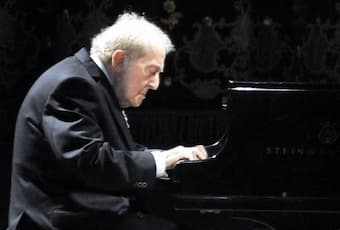
Aldo Ciccolini © WRTI
A celebrated interpreter of Erik Satie’s music, Aldo Ciccolini (1925 – 2015) was born and raised in Naples, Italy. Enrolled at the Naples Conservatory at the age of 9 as an exceptional case, he studied with Paolo Denza, a pupil of Ferruccio Busoni, and became the youngest professor at the Conservatory at 22. Despite his aristocratic roots, he had to support his family by performing in bars after World War II.
His victory in Marguerite Long-Jacques Thibaud Competition in 1949 (first prize shared with the Bulgarian pianist Ventsislav Yankov) opened the international performing stage to him. Subsequently settled in Paris, Ciccolini studied with masters of the French school (if such generalisation is allowed), including Marguerite Long, Alfred Cortot and Yves Nat. He also proved himself to be an outstanding pedagogue, having taught students like Jean-Yves Thibaudet, Antonio Pompa-Baldi, Akiko Ebi and Fabio Luisi at the Conservatoire de Paris.
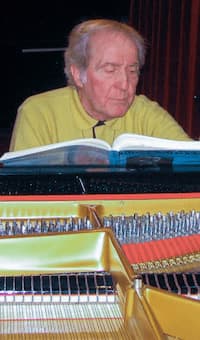
© Wikipedia
Although he spent the earlier part of his life in Italy, he considered himself to possess a “French soul”. This could also be seen through his fondness for French music amongst his vast repertoire, including Satie, Debussy, Saint-Saëns and the lesser-known composers Déodat de Séverac and Alexis de Castillon.
His choice of repertoire, together with his understated style (a combination of non-flashy demeanour and emotional restraint), probably explained why he didn’t receive the acclaim of some of his peers. That said, he was of course capable of handling the “warhorse” repertoire, including piano concerti by Tchaikovsky, Prokofiev and Rachmaninoff and complete Beethoven piano sonatas. Always noble and lyrical, his playing possessed a rare quality that countless pianists aspire to achieve – that is, to deceive listeners into perceiving piano not as a percussive instrument but instead a human voice with nuances and intonations.
He continued to actively concertise until the very end of his life, with no discernible decline in technical command and perhaps even greater authority. In this extravagant Tarantella, he revealed his virtuosic temperament with his electrifying reading. It’s hard to imagine how an 85-year-old could pull off such an unfailingly impressive performance. It had everything – exuberance, brilliance and elegance. The underlying pulse was steady with spontaneous rubato, while passagework was tackled with clarity and filigree.
Erik Satie: 3 Gnossiennes (Aldo Ciccolini, piano)
Abstract music like this requires a kind of musical instinct to make sense of it. Ciccolini, having championed Satie’s works like no other pianist, certainly had that. It can easily sound bland and uninspired in the wrong hands, but he brought out the nonchalance characteristic of Satie’s music so finely without over-interpretation.
This article wouldn’t be complete without visiting this timeless rendition of Elgar’s Salut d’Amour.
This is not youthful love, but an aged man reminiscing about the bittersweet memories – full of affectation, remembrance and yearning. The first few seconds could give goosebumps and reduce one to tears with its purity and serenity. It’s unbelievable how Ciccolini gently stroke the keys and conjured up not only a plethora of colours but also memories and emotions from the bottom of our hearts. It’s so simple yet at the same time so sophisticated – in its richness of tonal colours, suppleness of phrasing and wealth of emotions – distilling the complex facets of love into this ethereal performance, from which his artistry truly emanated.
Aldo Ciccolini, what a legendary pianist!
Monday, June 21, 2021
7 Steps to Start Your Music Career
Technology has opened a host of new professions and opportunities for people around the world. In fact, the music industry has been part of the growth – changing, expanding and evolving to meet new demands. Instead of competing for traditional jobs in an orchestra, among chamber musicians, or as soloists, emerging string musicians are looking at alternative careers that utilize their skills in new ways.
Undergraduate students have more opportunities than ever to enter a music career. With social media and global communications, the prospects are wide open. In fact, you can build your music career on your own terms. However, there are certain steps you need to take to ensure that you reach the goals you have in mind.
1. Build your entrepreneurial mindset
To forge a new path, you have to be willing to take risks. That’s what entrepreneurs do. They take an idea and develop strategies that will allow them to make it a reality. The most successful use determination and drive to make their vision materialize. This means that you’ll need to learn to write a business plan. There are many free resources available online if you search ‘music business plan.’ Remember, you’ll need to do your homework on this. The greatest idea will fail without the right planning.
2. Understand exactly what you want to do
This is sometimes easier said than done. Perhaps you know you want to have a professional music career, but the exact nature of the idea is rather hazy. While writing your business plan, you’ll discover that you’ll need to outline your specific goal. To understand that point, you'll need to be able to articulate your specific intent. Having a few, explicit sentences ready when people ask you about your plan will also keep you on the path of success. Your intent should outline your immediate and future goals.
3. Build a network of contacts that support your idea
In the music industry, much like other industries, who you know can make all the difference between success and failure. For your career, cultivate relationships with new and old colleagues. People who can help you gather ideas and new perspectives for your career projects. It’s also a good idea to build an advisory board of your closest contacts to help counsel your decisions. Effective entrepreneurs understand that they can’t do it alone. They need alternate insights and other's specialties to succeed.
4. Build your selling skills
This doesn’t mean take a course in used car salesmanship. It means that you need to build your charisma. Can you easily describe your vision so that it inspires others? That’s what you need to cultivate. Your performance ability is just as important as your verbal and written skills. Cover letters, grant proposals and other solicitations require strong communication to be effective. If you can articulate your dream so that it compels others, you’ll be able to achieve your goals faster.
5. Plan your work, work your plan
This adage applies to every activity. In order to realize your short and long term goals, you must plan and then do. Break down the steps you need to accomplish to achieve a specific objective. This means having daily “to-do” lists that work toward the end result. Each objective should be part of the steps required to complete another stage in your plan. Although this is part of your initial business plan, writing down a series of tasks to fulfill each day helps keep you motivated and on track.
6. Utilize the Internet in every way
Successful promotions no longer require huge amounts of money to ensure they work. The Internet has leveled the playing field for a number of business enterprises, including the music industry. You can build a following for your music on social media, websites, and YouTube. If you aren’t really computer savvy, there are self-help books available by the millions. Do a little research before launching your online marketing campaign. You can also employ experts to fulfill that part of the process, but remember, the Internet is essential for building a music career.
7. Employ sound budgeting and outreach strategies
No business can operate without a clear budget. By understanding your income and expenses, you’ll be able to make smart decisions about the next steps in your plan. Also, consider employing an agent, if you don’t already have one. An agent will work from commission, so you can earn funds and keep your performance skills sharp while you’re building your music career.
Establishing a music career has never been easier, but that doesn’t mean the journey won’t be hard. Remember to keep your love of music alive and motivate yourself during the process. It’s rare that entrepreneurs become successful overnight. If you maintain your strategies, you can successfully realize your dreams.
Published by StringOvation Team on July 25, 2017
Thursday, May 13, 2021
The time Rowan Atkinson ‘forgot’ the words to Beethoven’s Ninth Symphony...
in hilarious skit...
By Maddy Shaw Roberts, ClassicFM London
When a fictitious baritone took on the work of a classical giant – and it all went terribly wrong.
Here’s the moment Rowan Atkinson hit a nerve with every choral singer on the face of the earth, with a hilarious skit in which he misplaces the lyrics to Beethoven’s Ninth Symphony.
Under the alias of “distinguished British baritone” Robert Bennington, Atkinson cues the glorious choral ‘Ode to Joy’ finale, Beethoven’s famous setting of German poet Friedrich Schiller’s text.
Atkinson’s baritone character launches into the anthem of the European Union, annunciating the triumphant poem with fervour. But at the end of the first verse, disaster strikes, and he realises he has forgotten the rest of his sheet music.
Left with no other option but to wing it, the baritone panics and begins to spout randomly combined German words.
And so, Beethoven and Schiller’s immortal vision of the human race becoming brothers, slowly descends into a shambolic melting pot of apple strudels and lederhosen (watch below).
This was far from Atkinson’s first rodeo in the world of musical comedy – or indeed, the music of Beethoven.
In 1981, Mr Bean’s creator acted out a brilliantly chaotic skit in which he conducted Beethoven’s Fifth Symphony.
There was also the time Atkinson exercised his extraordinary rubber limbs in an ‘air piano’ sketch of the third, exhausting, movement of Beethoven’s ‘Moonlight’ Sonata (watch below).
And who could forget his cameo at the Opening Ceremony of the 2012 London Olympics, in which he played the London Symphony Orchestra’s unruly keyboard player in a performance of the Chariots of Fire theme.
“Music and comedy sit extremely well together, but they have to blend,” Atkinson told Classic FM More Music Breakfast’s Tim Lihoreau in 2018. “They can’t fight each other – it is a dance.
“Music is many ways in the straight man to the comedy, that essential support mechanism against which you can play.”
(C) 2021 ClassicFM London
7 brilliant rags and pieces by Scott Joplin that you should know
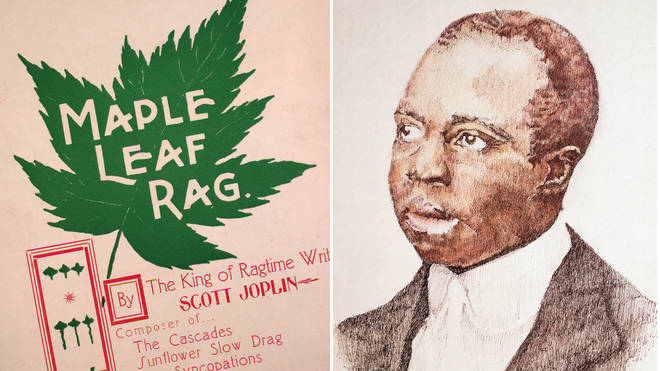
By Maddy Shaw Roberts, ClassicFM London
From piano rags to rich opera overtures, here’s a look at Scott Joplin’s greatest works.
Since the revival of his music in the 1970s, history has remembered Scott Joplin as “the King of Ragtime”. His collection of rags is utterly identifiable, their sound joyously distinctive, and their complex bass patterns and sporadic syncopation still imitated by composers today.
But what’s also true is that Scott Joplin was one of the landmark American composers of the 20th century.
From his Pulitzer-winning opera to a rag-inspired classical waltz, here’s the very best of one of music history’s most extraordinary Black voices.
The Entertainer (1902)
Scott Joplin’s death in April 1917 marked a lapsed interest in Ragtime and his music. And it wasn’t until over half a decade later that people started to turn their ears back to Joplin’s catchy rags. In the early 1970s, Joshua Rifkin released a hugely successful piano album of his works, and Academy Award-winning film The Sting used several of Joplin’s compositions including ‘The Entertainer’ and ‘Solace’ (see below), cueing a revival of the composer’s long-neglected musical catalogue.
‘The Entertainer’ was first published in the early 1900s as sheet music, in the form of piano rolls for player pianos. Now, it is one of the essential works in the piano canon. You’ll even hear it among the playlists of tempting music piped out of ice cream trucks in the US. Ragtime with your rum n’ raisin? Go on then…
Scott Joplin's 'The Entertainer' played on a 1915 pianoCredit: Lord VinheteiroMaple Leaf Rag (1899)
Joplin was often plagued with financial woes and struggled to secure funding for many of his works. When his first rag, Original Rags, was published, he was forced to share credit with another arranger. For his second, Maple Leaf Rag, Joplin made sure he wasn’t going to get stung again. So, he hired a lawyer and made sure he would receive a one-cent royalty for every copy of sheet music sold (still, not exactly the big bucks).
Maple Leaf Rag became Joplin’s first big hit, and the piece that made his name synonymous with ragtime. But while a steady stream of earnings from Maple Leaf made their way into Joplin’s pocket throughout his short lifetime, it was unfortunately a success never to be repeated.
Scott Joplin's Maple Leaf Rag – but it's played WAY too fastCredit: Kristen MoscaMaple Leaf Rag also inspired Joplin’s own elegant Gladiolus Rag – take a listen to their similarities below.
Solace (1909)
Solace elevated the rag into a more developed artform. Unusually complex for a rag, it is the only known Joplin piece to use tango form and highlights Joplin’s lifelong desire to be a “serious” (his words) classical composer. Today, its staying power is perfectly demonstrated in its use as the loading music for video game BioShock Infinite.
Stoptime Rag (1910)
Here is one of the first examples in music of stop-time – a device heard in jazz and blues, that is absolutely central to the rhythmic spirit of Ragtime. It grew popular around the turn of the century, and gives the impression in music that the tempo has changed.
Joplin included directions in the music for performers to stomp their feet to the beat. Indeed, gone were the days of a left-hand accompaniment – instead, the left joins the right to create a melody line with richer harmony, while the pianist’s foot provides a percussive accompaniment of stamps.
Read more: Meet George Walker, the first Black composer to win the Pulitzer Prize for Music
The Ragtime Dance (1902)
This relentlessly toe-tapping dance was originally published for solo piano, with foot stamps written into the original sheet music to achieve that stop-time effect.
In the 1980s, legendary violinist Itzhak Perlman came across The Ragtime Dance and fell in love with the piece. He rearranged it for violin, piano and finger snaps and brought pianist André Previn on board, giving Joplin’s piece the classical clout that it always deserved.
Bethena: A Concert Waltz (1905)
Bethena: A Concert Waltz was the first piece Joplin wrote after his wife, Freddie, tragically died of pneumonia in September 1904, 10 weeks after their wedding.
The piece was soon forgotten, but Joshua Rifkin’s 1970s album of piano rags helped revive this unique work that marries the classical waltz and the rag. It’s been described as “Joplin’s finest waltz”, one that shows his excellence as a classical composer.
Treemonisha (1911)
Not one of his best-known works, but an important one for which Joplin was posthumously awarded the Pulitzer Prize in 1976, Treemonisha was one of Joplin’s two only operas (he also wrote one ballet).
Speaking about forgotten Black classical composers, Comedian Lenny Henry writes for The Times: “What is great about Treemonisha is that the heroine does not die like most classical leading ladies – by the knife, by poison or yearning for a man – but becomes a leader of the community.
“Joplin was way ahead of his time. He found it very difficult to get his work performed.”
Treemonisha, which combines the Romanticism of the early 20th century with Black folk song tradition, was never staged in his lifetime. When it was finally first performed in 1972 by the Houston Grand Opera, one music historian described it as a “semimiracle”.


%20(1).jpg)



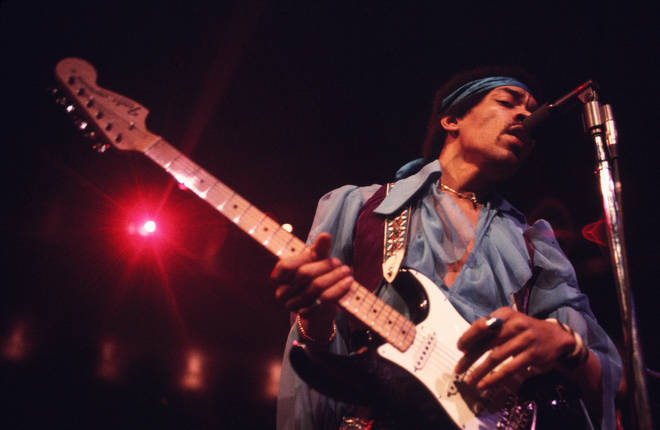
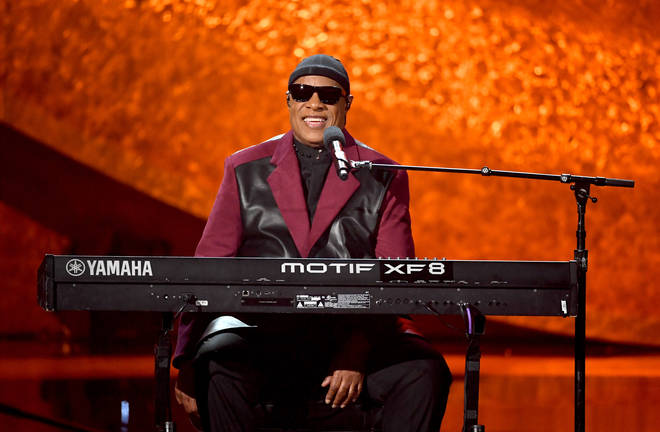
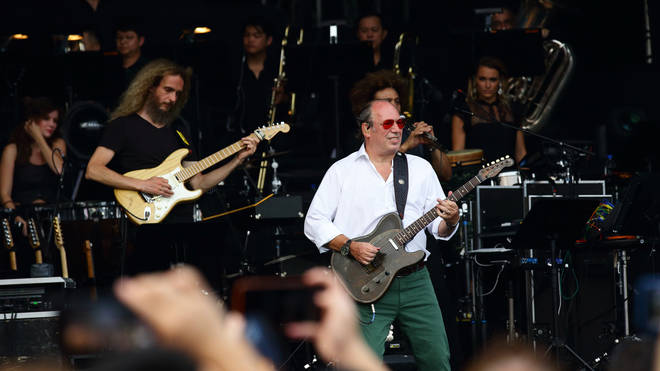
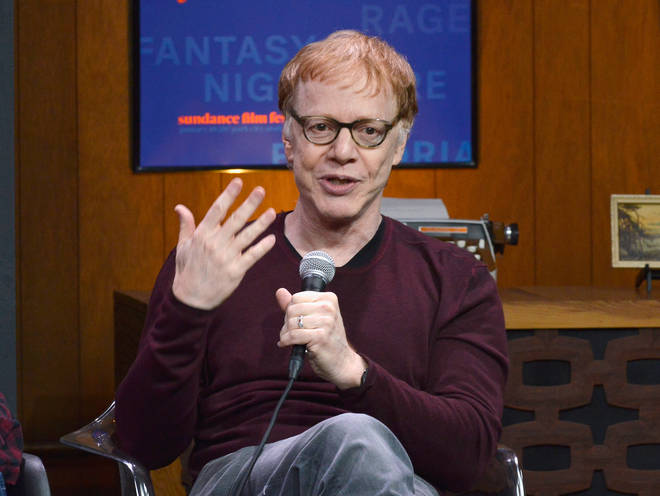
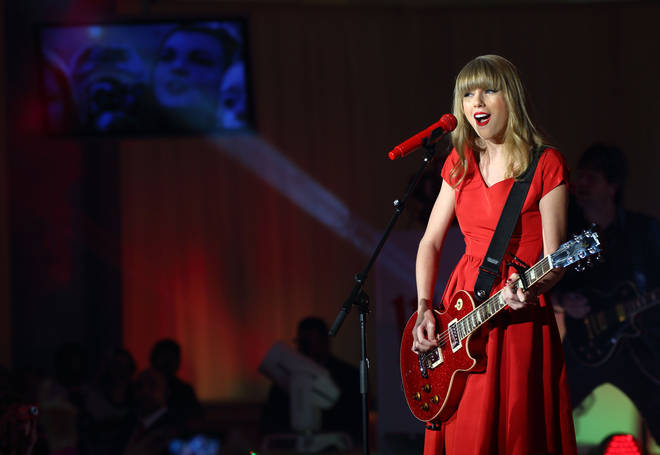
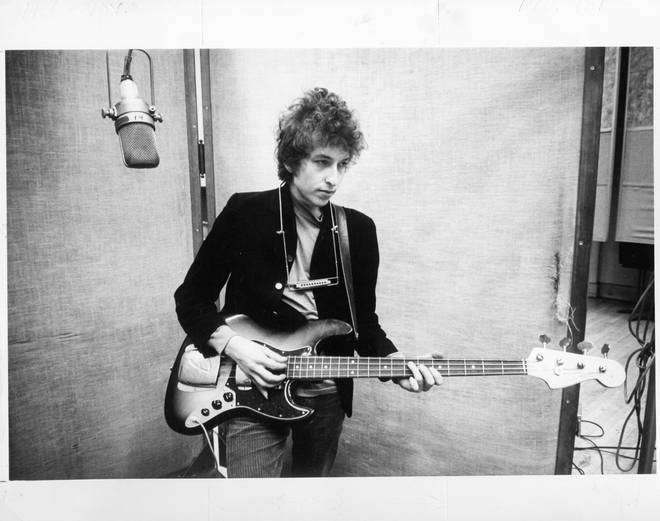
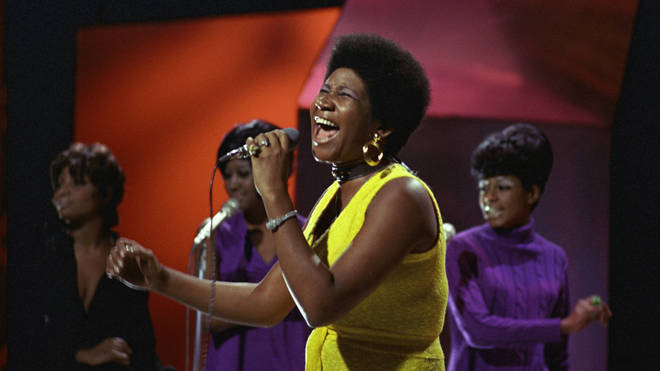
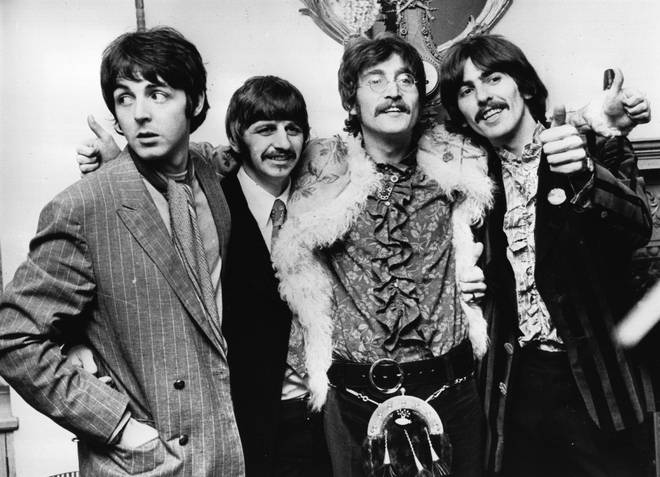
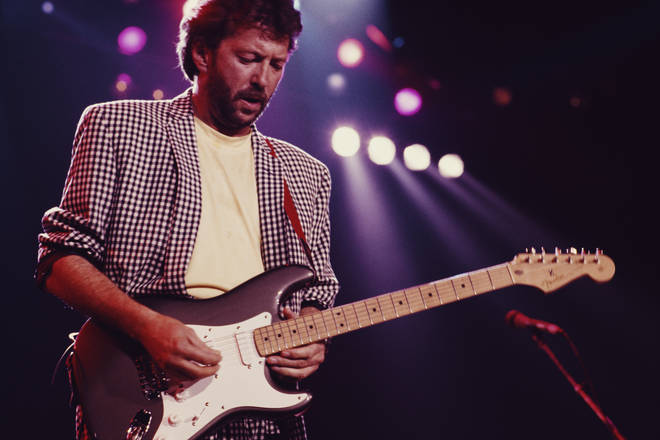
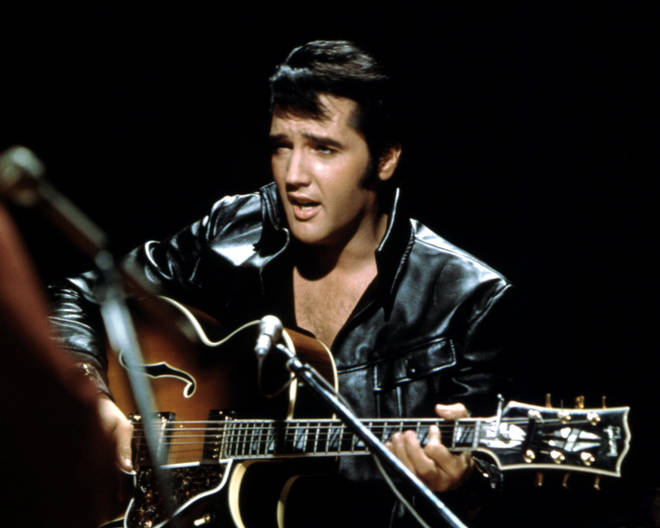

%20(1).jpg)
